Ready to take a tasty trip through Japanese food history? We're diving into the delicious world of tempura, one of Japan's famous fried foods. Tempura is very different from karaage (Japanese fried chicken), so if you're usually not into fried foods, we'd still recommend trying tempura when visiting Japan.
So, what exactly is tempura? In short, it's a traditional Japanese dish made by coating seafood, meat or veggies in a light and airy batter before deep-frying them. Tempura is usually served with a sweet and savory dipping sauce made from dashi, soy sauce and mirin. Sounds delicious, right? It is! Keep reading to learn more about the origins of tempura, staple ingredients and variations, as well as where to try it in Japan.
Find out more: Craving the Crunch? Best Tempura Restaurants in Tokyo
Watch: Omakase tempura in Tokyo
ByFood host Shizuka heads to Tempura Ono in Tokyo to try high-end tempura by a world-renowned chef.

Try making tempura at Tempura Ono
To get up-close-and-personal with the head chef of Tempura Ono, join Chef Shimura Koichiro in this byFood-exclusive cooking class in Tokyo.
Not only will you get to hear all about Shimura's rich career and expertise, but he'll show you how to make tempura like a professional, using only the finest of ingredients.
Once you've mastered the craft for yourself, sit back and let the pro do the work: Chef Shimura will concoct a mouthwatering tempura omakase lunch course for you.
The origins of tempura
Did you know that tempura has a rich history that dates back to the 16th century when Portuguese missionaries first arrived in Nagasaki? These missionaries also introduced deep-frying techniques to Japan, which heavily influenced how Japanese cuisine would develop and change. The term "tempura" actually comes from the Latin word "tempora" which refers to times of fasting. Talk about cultural exchange!
During the Edo Period (1603–1868), tempura became a staple of Japanese cuisine, and chefs began experimenting with different ingredients and styles. But, it wasn't always accessible to everyone. In the past, tempura was considered a luxury food and was only served in high-end restaurants.
However, as cooking oil production increased, street vendors began selling tempura quickly and conveniently, making it more accessible to the masses. This helped solidify tempura's place as a staple of Japanese cuisine.
As tempura became more popular, several different regional variations began to develop. In the Kansai region, a style of tempura known as "tenkasu" or tempura flakes developed. They can be made by deep-frying small balls of tempura batter or by simply breaking up larger pieces of tempura. Over in Oita Prefecture, chicken tempura is considered to be the area's specialty dish.
In contemporary Japan, you can find both affordable tempura chains and high-end tempura restaurants, though this crispy dish is still considered to be more of an option for those looking to splurge. Did you know that tempura chef Kondo Fumio earned two Michelin stars for his restaurant Tempura Kondo? That's right, tempura is not just food; it's also an art form.
What is the difference between tempura and fried food?
Now that you know what tempura is, let's talk about what it isn't. While tempura and typical fried foods both involve deep-frying, tempura typically uses a lighter and airier batter. On the other hand, traditional fried food can use a thicker and heavier batter or flour mixture and can be made with various ingredients.
The frying technique when making tempura is also slightly different, with tempura chefs usually keeping a very close eye on the oil and only frying each ingredient for a few seconds. The most common ingredients for tempura are seafood (shrimp and fish, mainly) and vegetables (eggplant and mushrooms, to name a few). This slight — but significant — change is to thank for tempura's light crispiness and more complex flavors. The light batter gives more room for the high-grade ingredients to shine with every bite.
8 popular types of tempura
Some of the most popular tempura ingredients include shrimp, fish, squid, and various types of vegetables such as eggplant, sweet potatoes and pumpkin. Chicken tempura is also a popular variation. Here are the popular kinds of tempura available in Japan:
1. Ebi tempura (shrimp tempura)
This is one of the most popular types of tempura in Japan. It is made by coating whole shrimp in tempura batter and can be found atop udon or soba noodles. Ebi tempura is often confused with ebi furai, which is shrimp coated in a heavy panko batter and deep fried. Don’t make the same mistake! At high-end tempura restaurants, sometimes the head of the shrimp is also served, indicating the high quality of the shrimp.
2. Kakiage tempura
This is a type of tempura made by mixing Julienne-cut vegetables and seafood. The most common vegetables used for kakiage tempura are carrots, burdock, and onions. They are mixed with small shrimp, shaped into a disc, and then deep-fried. We recommend having this with salt.
3. Egg tempura
This "tsukimi" tempura is made with soft-boiled eggs. Just imagine the crispy exterior and then the soft-creamy interior of tsukimi tempura. Makes you want to find the nearest tempura restaurant, doesn’t it?
4. Vegetable tempura
This is another popular type of tempura made with whole pieces or slices of vegetables. It also happens to be my favorite type! Lotus root, okra, pumpkin, mushroom, sweet potato, and eggplant are the most frequently used vegetables.
5. Shiso tempura
Shiso, or perilla leaf, is another popular type of tempura. The sharp taste of the leaf with the crunchy deep-fried exterior creates a very unique taste. Try it!
6. Sakana tempura (fish tempura)
Any type of white fish can be used for tempura. The light texture makes it perfect for tempura as the quick cooking method preserves its natural flavors. Ayu, a type of river fish, is also used.
7. Kakiage donburi
Kakiage donburi, made with thinly sliced vegetables in a disc shape, is served on a bed of rice in a bowl. This way of serving kakiage is best enjoyed with tempura sauce, also called tentsuyu, instead of salt because the rice allows the sauce to be evenly distributed.
8. Toriten (chicken tempura)
Originating from Oita Prefecture, toriten is served in many different ways. Different from the well-known fried chicken, chunks of chicken are seasoned before being deep-fried and then served with a citrusy ponzu sauce. Brb, I’m on my way to Oita.
How to eat tempura
Here are a few different ways to eat tempura. Dip it in tentsuyu, Kanto-style. Tentsuyu is a perfect complement to the light and crispy texture of tempura. Have it with salt, like they do in Kansai. Usually, a salt flavored with matcha or nori is used to maximize the taste of the tempura. A quick option is tenmusubi, rice balls with shrimp tempura as a filling. You can find tenmusubi in convenience stores and grocery stores.
Try tendon, a bowl of rice topped with different types of tempura. This is a guaranteed way to get a complete meal. If you’re in Osaka, be sure to try tempura ochazuke, which is a tendon with green tea poured over it. Most tendon restaurants are very affordable, so you have no excuses. No to rice? Swap it with soba noodles or udon noodles instead.
Tenzaru, a dish made with cold soba noodles served alongside assorted tempura, is a great meal to have in the summertime when you desperately need a break from the humidity. Many tempura restaurants serve it with grated daikon radish and green onions, which adds a refreshing touch.
Tempura has a rich history and cultural significance that spans centuries. From its origins as a luxury food enjoyed by the elite to its current status as a staple of Japanese cuisine, tempura has evolved to become a beloved and versatile dish enjoyed by people of all ages.
With its unique and crispy texture, tempura is a true culinary masterpiece that is a must-try for anyone looking to experience the best of Japanese culture through food. So, grab your chopsticks and get ready to dive into the crispy, delicious world of tempura!
Here are a few different ways to eat tempura. Dip it in tentsuyu, Kanto-style. Tentsuyu is a perfect complement to the light and crispy texture of tempura. Have it with salt, like they do in Kansai. Usually, a salt flavored with matcha or nori is used to maximize the taste of the tempura. A quick option is tenmusubi, rice balls with shrimp tempura as a filling. You can find tenmusubi in convenience stores and grocery stores.
Japanese tempura FAQs
What is a tempura made of?
The basic ingredients for tempura batter include flour, egg, and cold water. The key to achieving its characteristic crispiness lies in keeping the batter mixture cold, which prevents the flour from absorbing too much liquid and becoming doughy. Vegetables and seafood are the primary components typically used in tempura.
Where can I eat tempura in Japan?
Earlier, we mentioned that in contemporary Japan, you can find both affordable and high-end options when it comes to tempura. Here are a few names to get your research rolling.
For affordable and filling tempura, Tenya is a good option with hundreds of locations around Japan. Another chain for cheap eats is Marugame Seimen, which is technically an udon restaurant but also offers a few tempura options to go with your noodles. If you're feeling fancy, check out Tensuke, a tempura specialty restaurant and one of Tokyo's latest Bib Gourmand-selected spots!
If you're okay with dishing out some money, then look for mid-range to high-end establishments. Following the theme of Michelin-starred dining, star-adorning restaurants in Tokyo include Tamawarai, a soba shop with delicious tempura sides. Alternatively, eat like royalty with this tempura omakase (chef’s recommendation) course by one of Japan’s top tempura chefs, Koichiro Shimura. For more ideas, browse our list of tempura restaurants in Japan.
This blog post was originally written by Avah Averton. It was updated by byFood staff in July 2024.
 Tokyo
Tokyo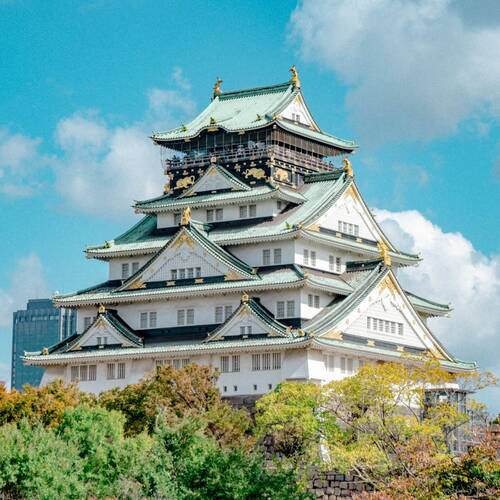 Osaka
Osaka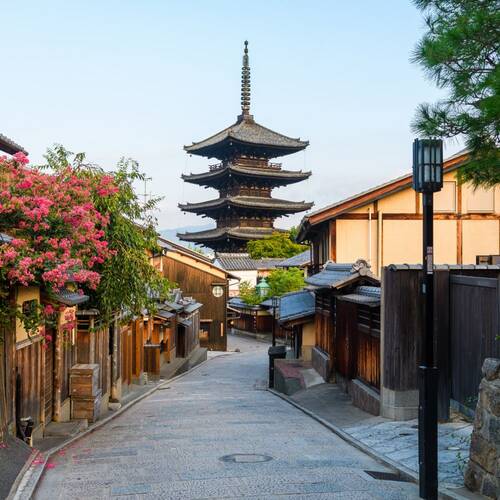 Kyoto
Kyoto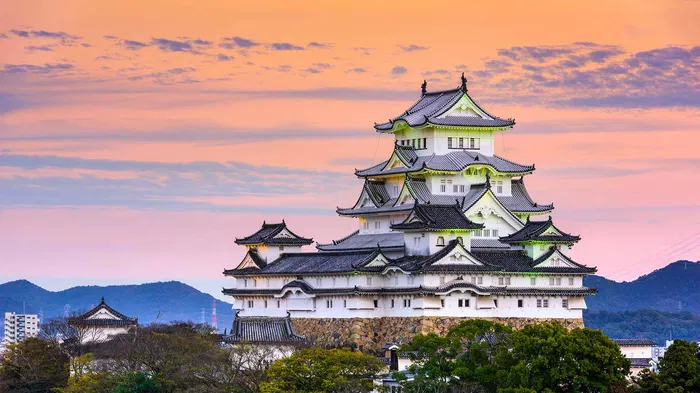 Hyogo
Hyogo Hokkaido
Hokkaido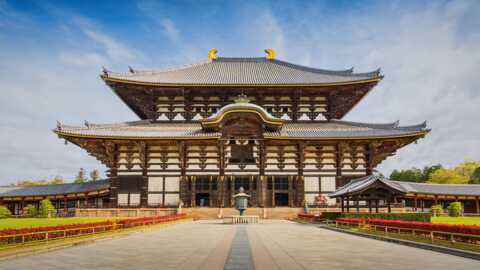 Nara
Nara Fukuoka
Fukuoka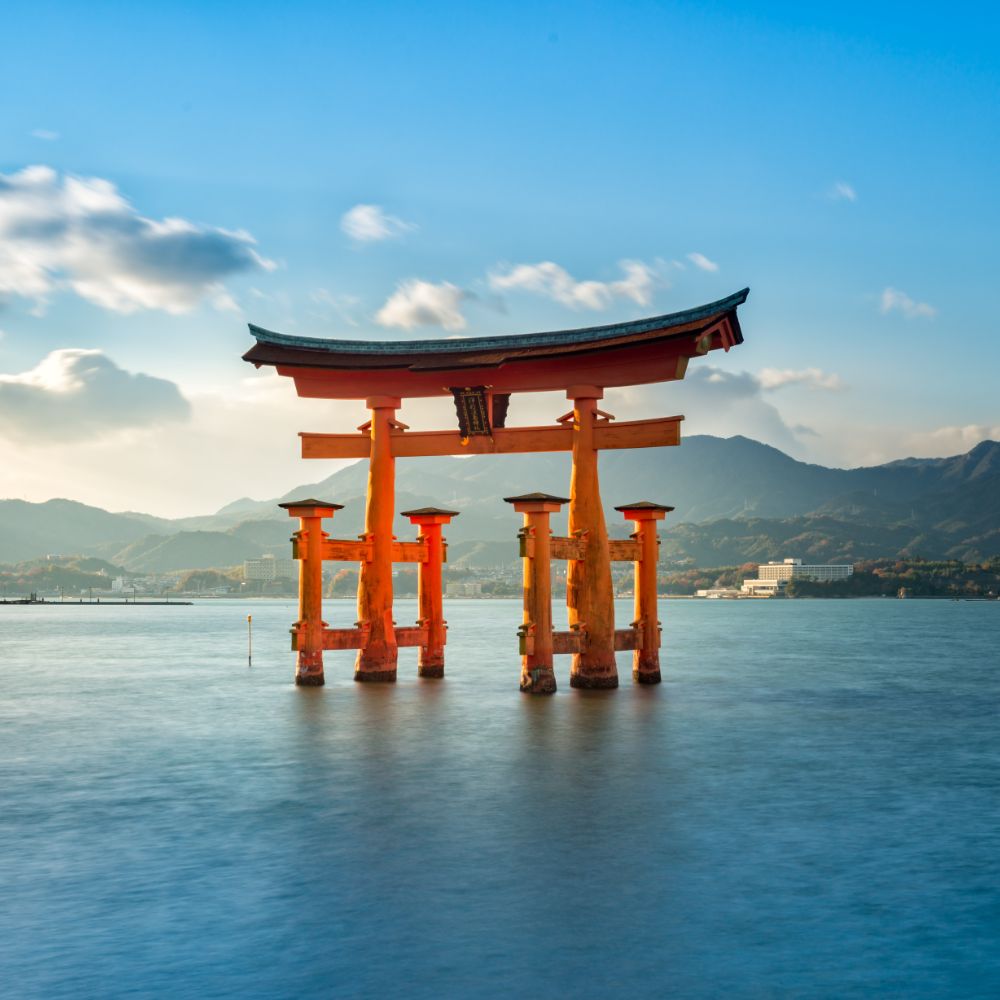 Hiroshima
Hiroshima Kanagawa
Kanagawa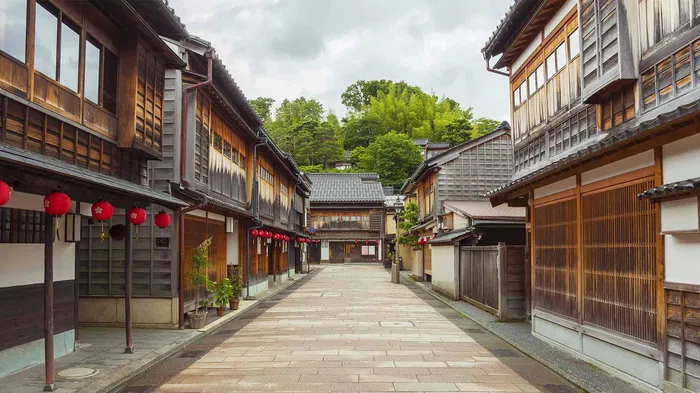 Ishikawa
Ishikawa Florence
Florence Paris
Paris Rome
Rome Porto
Porto Barcelona
Barcelona New York
New York Venice
Venice Madrid
Madrid Marrakesh
Marrakesh Istanbul
Istanbul